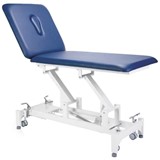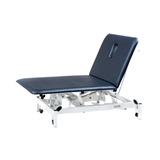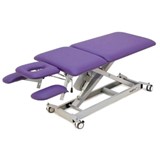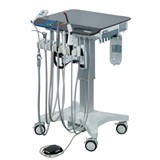Over a quarter of research participants chose to ignore or monitor symptoms and half did not arrive at hospital until five and a half hours after the onset of symptoms.
This is alarming says the National Stroke Foundation because of how quickly brain cells die in the part of the brain affected by the stroke (1.9 million neurons every minute).
Professor of Neurology, Jeffery Saver from University of California calculated a piece of the brain the size of a pea dies every 12 minutes unless quick treatment is given, as published in Stroke.
Stroke is Australia's second biggest killer and a leading cause of disability. A stroke happens in Australia every 10 minutes and can affect anyone of any age at any time.
To help all Australians recognise the signs of stroke and call 000 (triple zero) straight away, the National Stroke Foundation is launching a new FAST campaign which includes pictures showing how the signs may appear. The campaign is being launched as part of National Stroke Week (14-20 September).
“This research clearly shows the need to educate people that when stroke symptoms begin, time lost can be brain lost,” said Dr Erin Lalor, National Stroke Foundation Chief Executive.
“Everyone needs to know how to recognise a stroke because in most cases witnesses are better able to think fast and act FAST on behalf of the person experiencing stroke symptoms – by calling 000 at the first signs of stroke they could help save a life.”
F.A.S.T. stands for Face, Arms, Speech and Time. The FAST test involves asking three simple questions:
- Face – Check their face. Has their mouth drooped?
- Arms – Can they lift both arms?
- Speech – Is their speech slurred? Do they understand you?
- Time – Time is critical. If you see any of these signs call 000 immediately
The research, led by Janet Bray, was conducted at Box Hill and Maroondah Hospitals for
Monash and Deakin Universities. It involved in-depth interviews with 100 stroke patients and 70 bystanders and abstracts have been published in the International Journal of Stroke.






-160x160-state_article-rel-cat.png)







